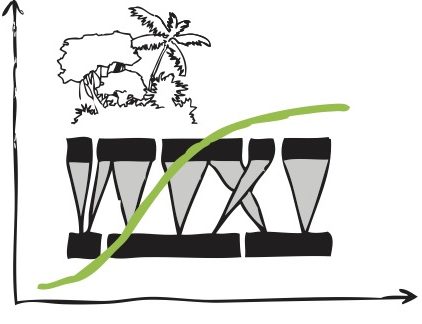Plant-Pollinator interactions: Diurnal and nocturnal pollinators
PIs: Sara Leonhardt (TU München), Alexander Keller (U Würzburg), Gunnar Brehm (Phyl. Museum Jena), Juan Guevara Andino (U de las Américas)
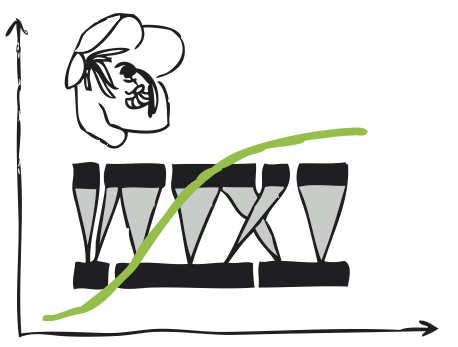
In tropical ecosystems, the vast majority of flowering plant species relies on animals for pollination. As major pollen transfer agents, pollinators ensure seed production of an estimated 98% of tropical plant species. In turn, they obtain valuable resources, such as pollen, nectar or floral oils, which are essential for their fitness. The mutualistic relationship between these pollinators and zoophilous plants results in complex interaction networks.
The composition and diversity of tropical plant and pollinator communities as well as their interaction patterns can be severely altered by disturbance, such as intensive logging or deforestation. As a consequence, pollination stability decreases, likely through the disruption of the underlying mutualistic interactions. Yet surprisingly little is known on the resilience and recovery of tropical plant-pollinator networks (and resulting processes).
We want to fill this gap by exploring recovery trajectories and dynamics of plant-pollinator networks along a forest recovery gradient. We will also investigate the role of different traits within and between pollinator guilds to better understand underlying trait-rules. We focus on diurnal bees and nocturnal moths and will explore pollen-based interaction networks using DNA-metabarcoding of pollen collected from insect bodies sampled in both the understory and canopy.
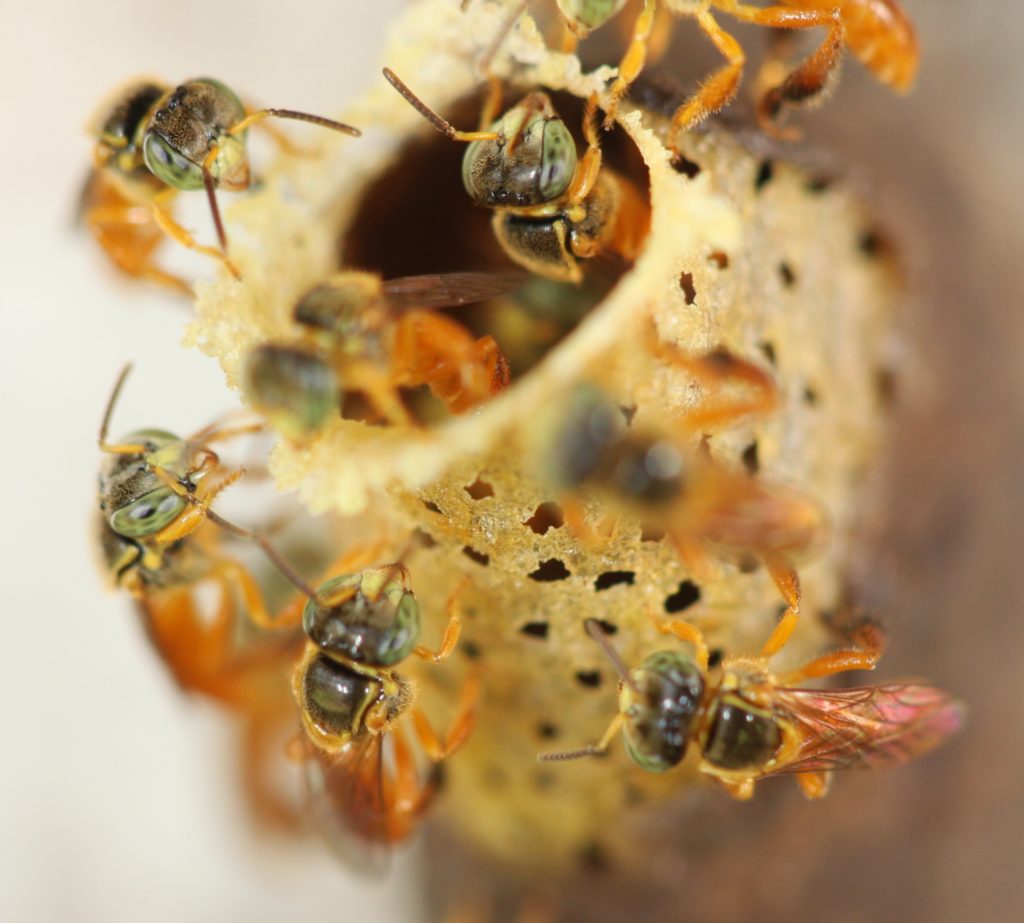
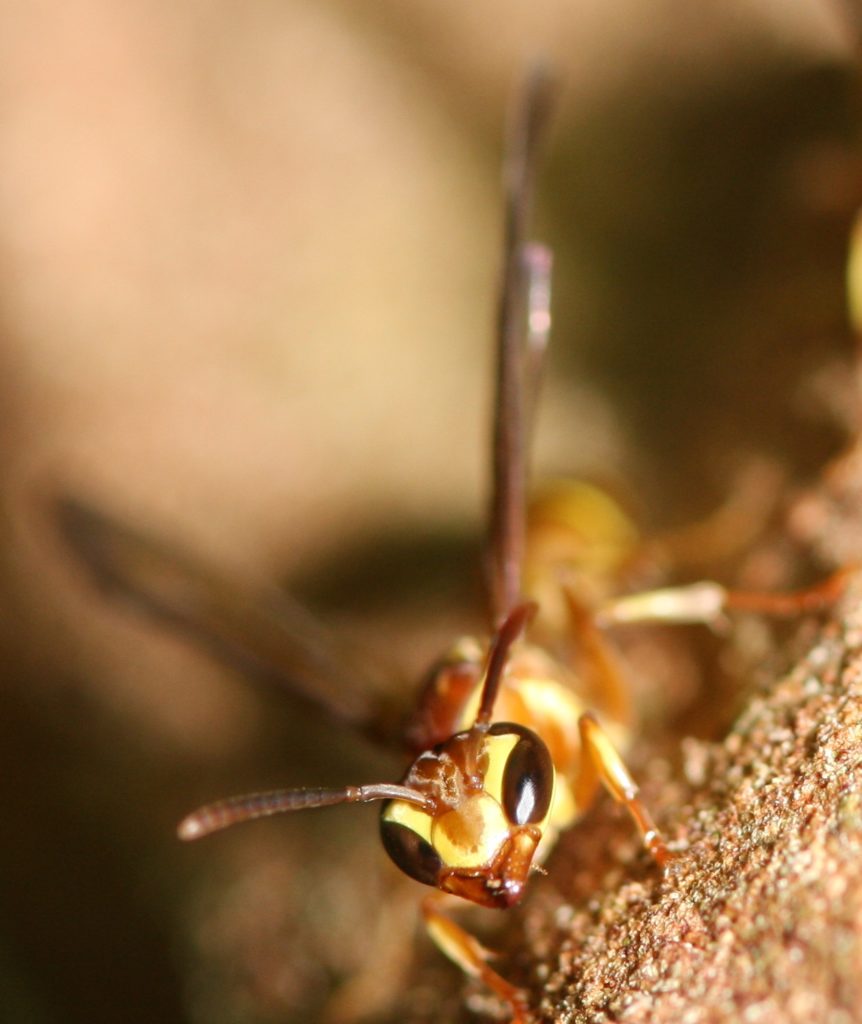
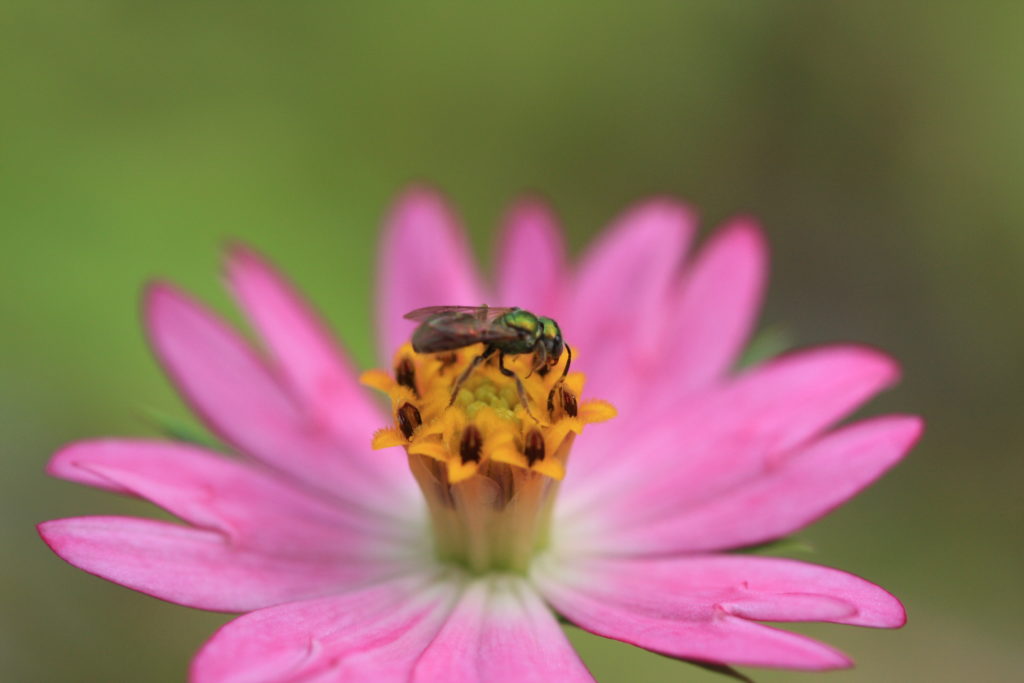
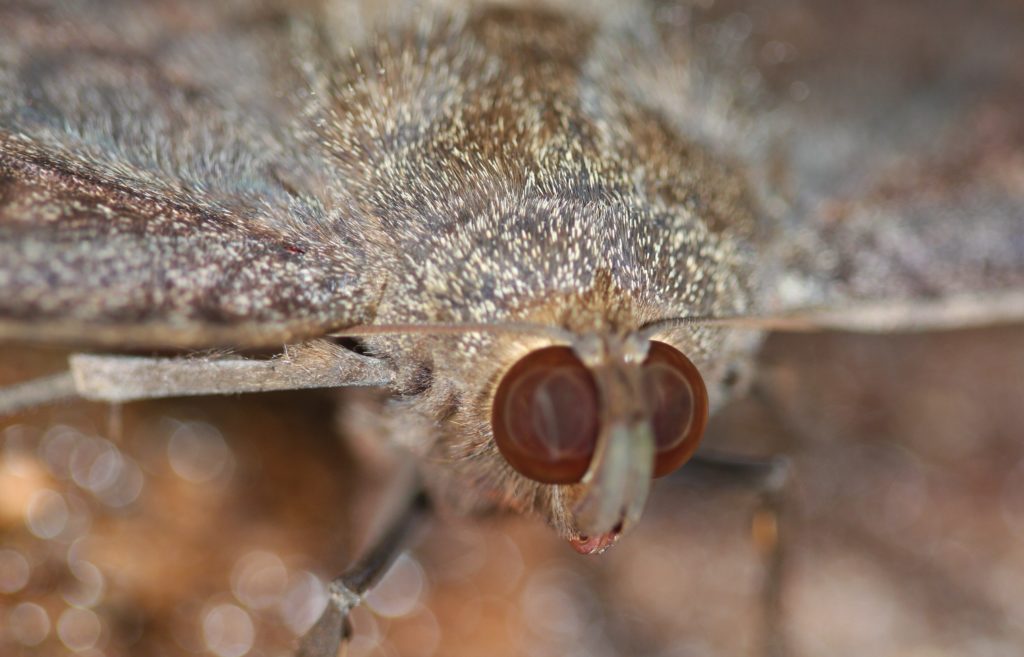
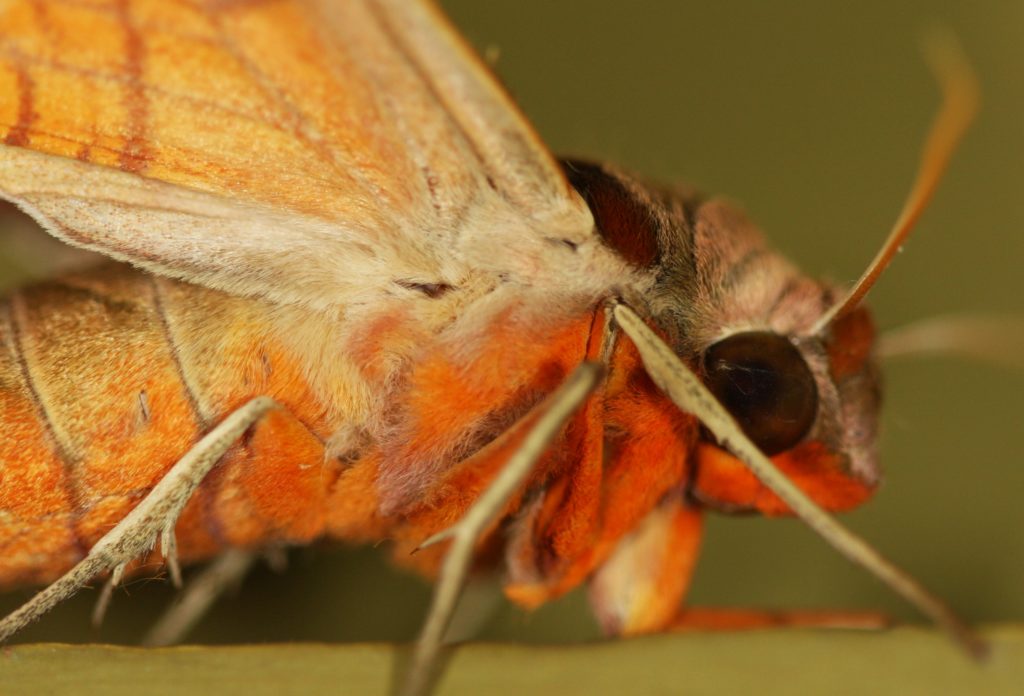
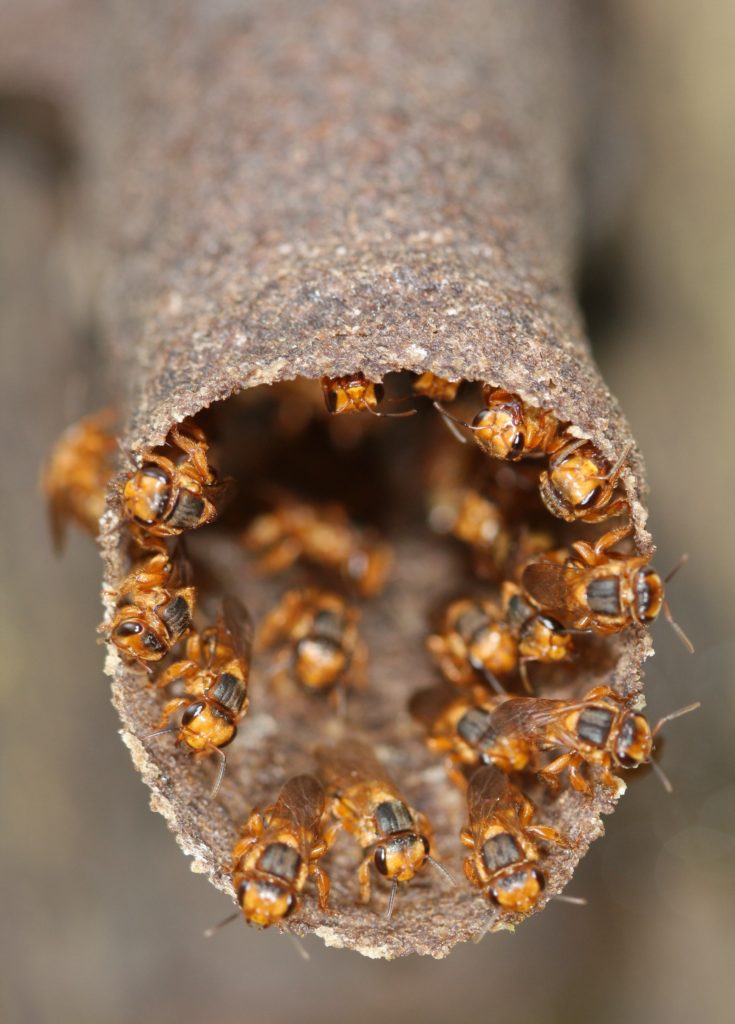
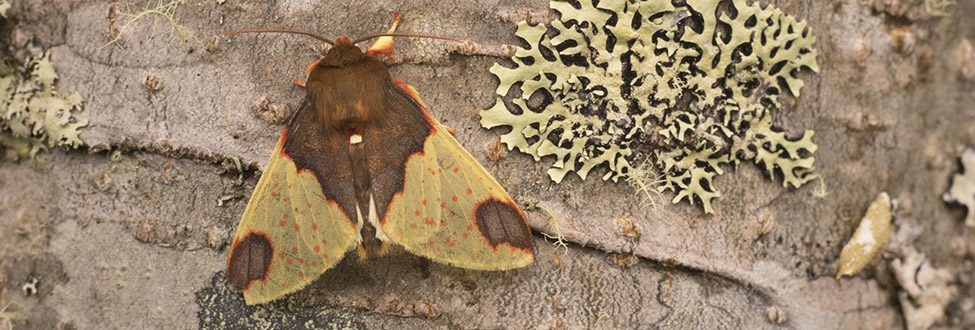
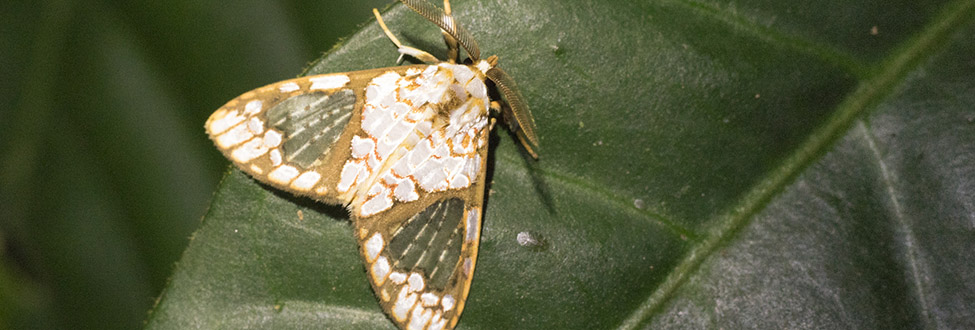
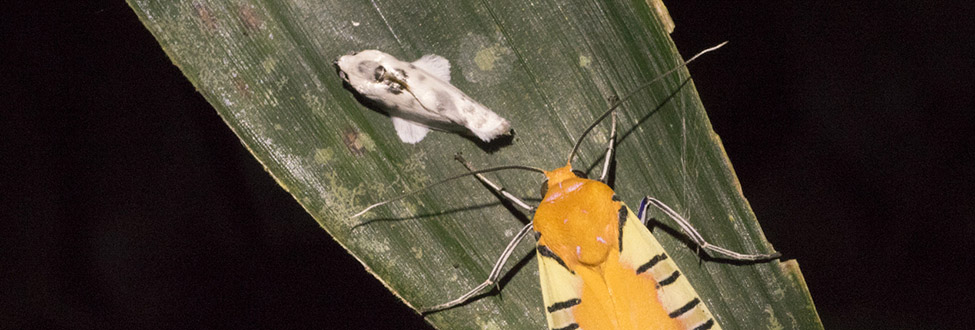
Selected references:
- Danner N, Keller A, Härtel S, Steffan-Dewenter I (2017) Honey bee foraging ecology: Season but not landscape diversity shapes the amount and diversity of collected pollen. PloS One 12:e0183716
- Junker RR, Blüthgen N, Keller A (2015) Functional and phylogenetic diversities of plant communities differently affect the structure of flower-visitor interactions and reveal convergences in floral traits. Evolutionary Ecology 29:437-450
- Kaluza BF, Wallace HM, Heard TA, Minden V, Klein AM, Leonhardt SD (2018) Social bees are fitter in more biodiverse environments. Scientific Reports 8:12353
- Kaluza BF, Wallace HM, Keller A, Heard TA, Jeffers B, Drescher N, Blüthgen N, Leonhardt SD (2017) Generalist social bees maximize diversity intake in plant species-rich and resource-abundant environments. Ecosphere 8:e01758
- Keller A, Danner N, Grimmer G, Ankenbrand M, von der Ohe K, von der Ohe W, Rost S, Härtel S, Steffan-Dewenter I (2015) Evaluating multiplexed next-generation sequencing as a method in palynology for mixed pollen samples. Plant Biology 17:558-566
- Leonhardt SD, Dworschak K, Eltz T, Blüthgen N (2007) Foraging loads of stingless bees and utilisation of stored nectar for pollen harvesting. Apidologie 38:125-135
- Leonhardt SD, Heard TA, Wallace HM (2014) Differences in the resource intake of two sympatric Australian stingless bee species. Apidologie 45:514-525
- Trinkl M, Kaluza BF, Wallace HM, Heard T, Keller A, Leonhardt SD (2020) Floral species richness correlates with changes in the nutritional quality of larval diets in a stingless bee. Insects 11: 125
- Seitz N, vanEngelsdorp N, Leonhardt SD (2020) Conserving bees in destroyed landscapes: The potentials of reclaimed sand mines. Global Ecology and Conservation 19: e00642
- Sickel W, Ankenbrand M, Grimmer G, Holzschuh A, Härtel S, Lanzen J, Steffan-Dewenter I, Keller A (2015) Increased efficiency in identifying mixed pollen samples by meta-barcoding with a dual-indexing approach. BMC Ecology 15:20
